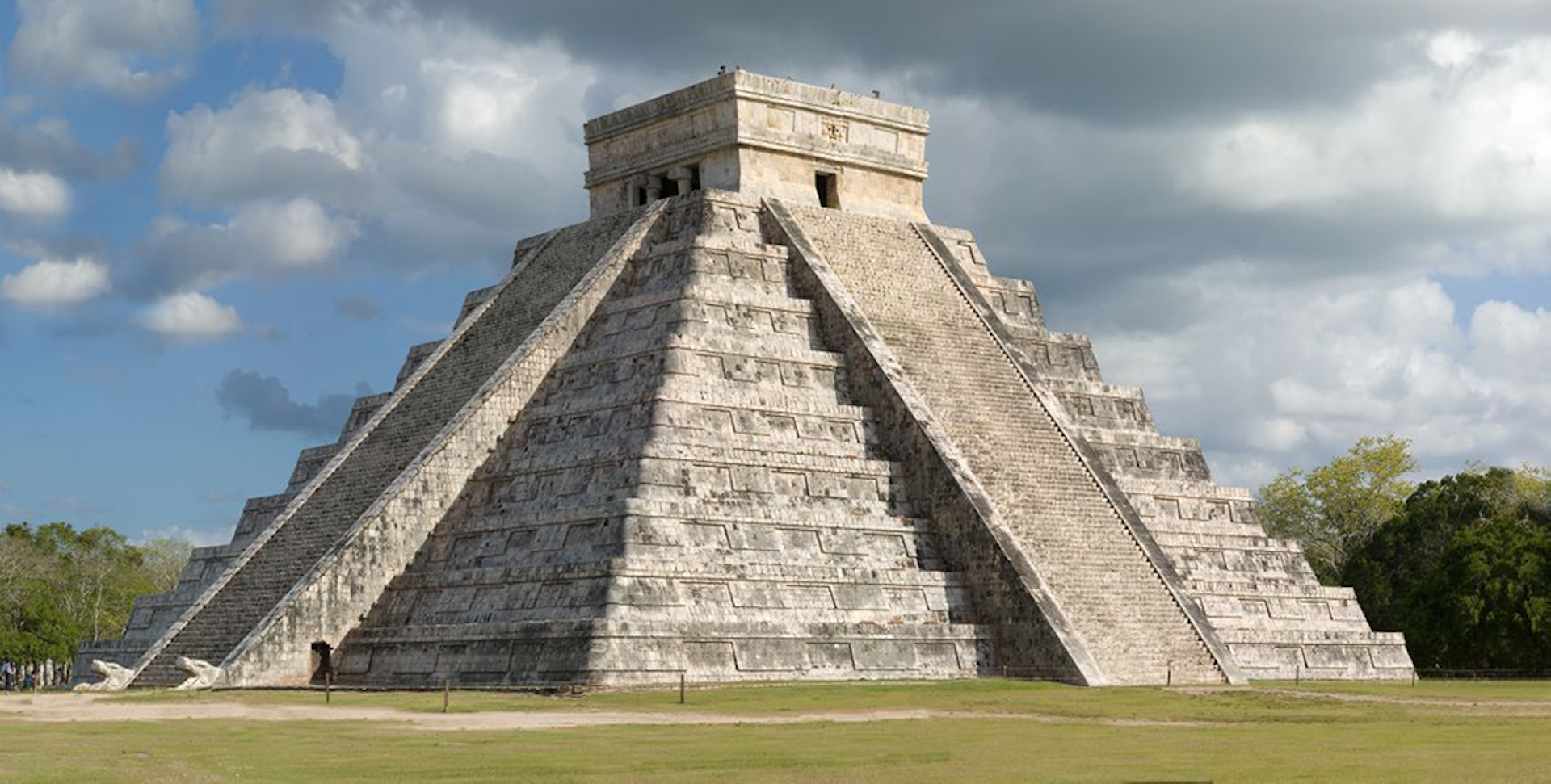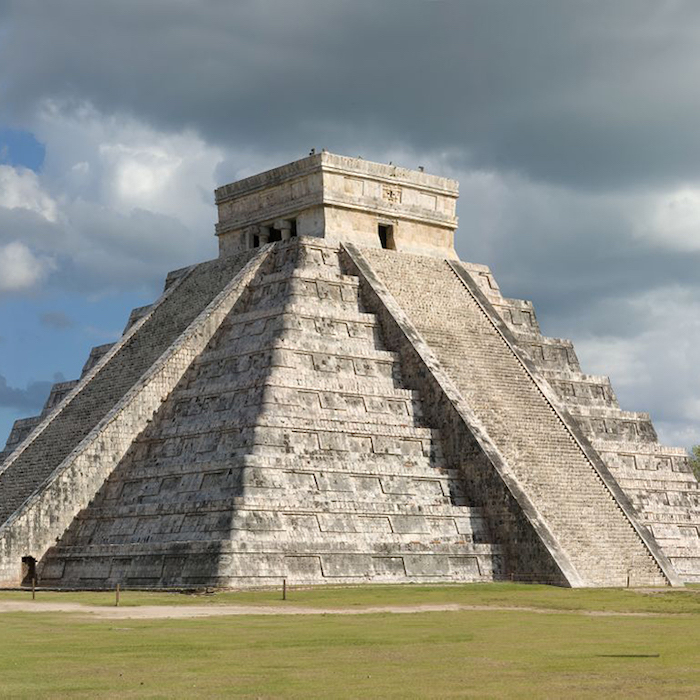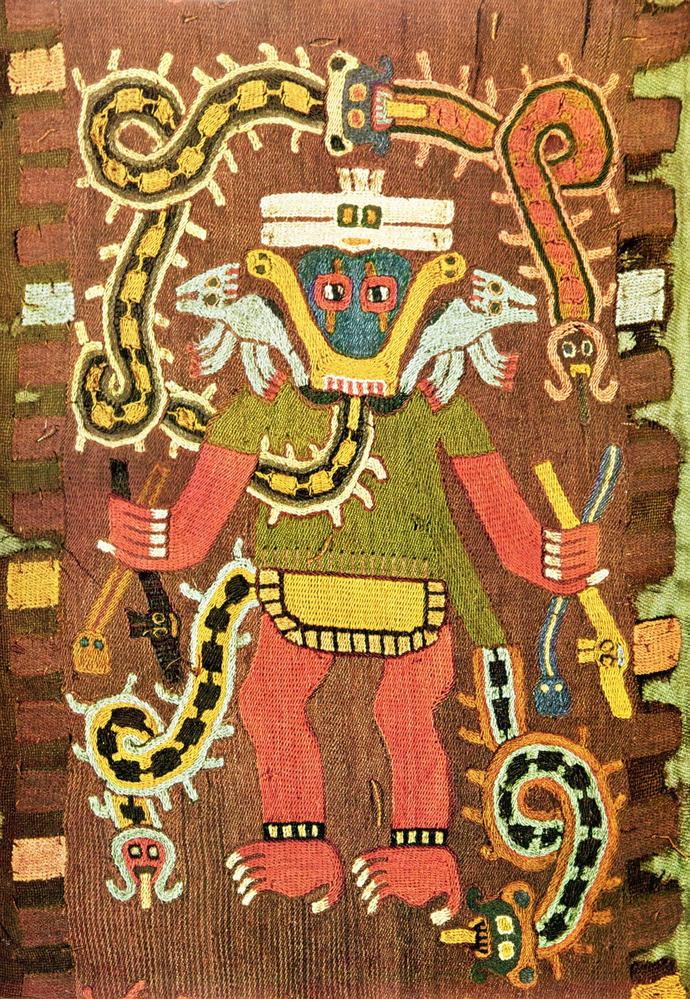


The Incas used the ruins of Tiwanaku in their mythology, with a specific aim: to explain that they had been sent to Earth by the deities. Simply that! They were not the only ones to have used this type of strategy. Do you remember the Aztecs?
We will see that this is not the only point that Pre-Hispanic cultures have in common. They have a lot of convergences and similarities, which we will now take a look at.

The Incas, like the Aztecs, do not hesitate to use the ruins of lost civilisations to build their own founding myths.
We’ve got it, the Pre-Hispanic civilisations have numerous points in common. There is even one that is particularly famous: their pronounced taste for the Pyramids.
These stone or earth-built monuments have served various functions, depending on the region: tombs, temples, gods residences… something for all tastes!
In some of them, archeologists have made sordid discoveries: the remains of human sacrifices, which we will discuss soon.

Another point that Pre-Hispanic civilisations have in common is their taste for the pyramids.

Pre-Hispanic civilisations have often been reduced to one of their most astonishing aspects: human sacrifice, a reputation which cannot just be summed up as a form of bloodthirsty barbary!
Below are a few explanations for a better understanding of these practices.
In Pre-Hispanic societies, death was not seen in such a negative light as it is in the West.
These societies considered death necessary for the creation of life.
For them, the world did not hold together all on its own, since the deities had delegated this task to humans.
The earth and the sun created the vital energy that allowed plants and animals to develop. Humans were on the end of the food chain and received all of this energy. They therefore had to release it regularly through sacrifices to feed the cycle of life.

Human sacrifice was very important for the Pre-Hispanic civilisations, because it enabled them to preserve the cycle of life.
For these human sacrifices, the Pre-Hispanic peoples often used prisoners of war, but not exclusively so! At the summit of Llullaillaco, the second highest volcano in the world, we have rediscovered several mummies of children.
They were from noble Inca families and had been taken to be offered to the deities of the mountains. This was seen as a great honour!
However, these were nothing like Egyptian mummies with their bandages! In this region, with its extreme weather conditions, mumification took place naturally.


Human sacrifices were often prisoners of war, but sometimes also members of noble families.
Natural mummies have also been found in an area of desert in South Peru. These ones belonged to the Paracas culture.
No sacrifices this time! When the Paracas died they were buried in “fardos”.
This is how to make one:


In the Paracas culture, the mummies have been found in fardos, a packaging made up of several layers of embroidered cloth.

"*" indicates required fields